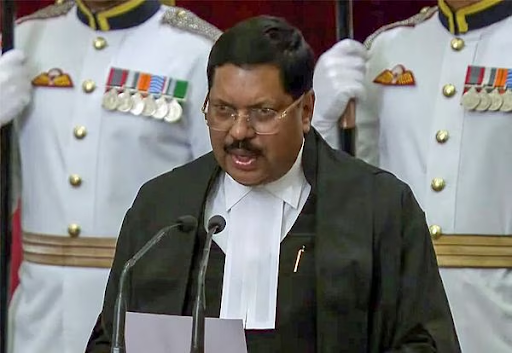Description

Copyright infringement not intended
Context: The Seattle City Council recently becomes the first American city to prohibit caste-based discrimination. The City Council amended the City Municipal Code to ban caste-based discrimination, alongside race, gender, and religion.
Details
- Caste, as defined by the council, is a "rigid social stratification characterized by hereditary status, endogamy, and social barriers sanctioned by custom, law, or religion."
- According to the council, caste-based discrimination exists in Seattle, and the new law would prohibit "such caste-based discrimination against persons."
- In Seattle City, the fight to end caste discrimination was led by Dalit rights activists, organisations like Equality Labs, and other local groups, many of whom were originally from India and had experienced the caste system's widespread effects despite living abroad. The caste system is rooted in the Manusmriti and has rigid hierarchies.
.jpeg)
Caste System in India
- Caste is an institution uniquely associated with the Indian Subcontinent. While Social arrangements Producing Similar effects have existed in other parts of the world, the exact form has not been found elsewhere.
- Although the caste system is an institution Characteristic of Hindu Society, Caste has spread to the major non-Hindu Communities of the Indian Sub-Continent.
- Varna-based division of the Society into brahmana, Kshatriya, vaishya and Shudra, though this excludes a Section of the Population Composed of ‘Outcastes’, foreigners, Slaves, Conquered Peoples and others.
- In its earliest Phase, the Caste System was not very elaborate or very rigid, and they were not determined by birth. Movement across the Categories seems to have been Common. It is only in the Post-Vedic Period that Caste became a rigid institution.
Characteristics of Caste
- Caste is determined by birth, Caste is never a matter of Choice. One Can Never Change one’s Caste, leave it, or choose not to join it.
- Membership in a Caste involves strict rules about marriage. Caste groups are “endogamous”, i.e. marriage is restricted to members of the group.
- Caste membership also involves rules about food and food-Sharing. What kinds of food may or may not be eaten is prescribed.
- Castes are arranged in a hierarchy of rank and Status.
- Castes also involve Subdivisions within themselves, Castes almost always have Sub-Castes and Sometimes Sub-Castes may also have Sub Sub-Castes.
- Castes were traditionally linked to occupations. A Person born into a Caste Could only Practice the occupation associated with that Caste.
Colonialism and Caste
- The present form of Caste as a Social institution has been Shaped very strongly by both the Colonial Period as well as the rapid Changes that have come about in independent India.
- Scholars feel that direct attempts to Count Caste and to officially record Caste Status Changed the institution itself. Before this kind of intervention, Caste identities had been much more fluid and less rigid; once they began to be Counted and recorded, Caste began to take on a new life.
- Towards the end of the Colonial Period, the Administration also took an interest in the welfare of marginalized Castes, referred to as ‘Depressed Classes’ at that time.

Caste System at present
- Development of the Country and the growth of Private industry also affected Caste indirectly through Interdependence. The modern industry created all kinds of new jobs without considering Caste rules.
- Urbanization and Conditions of Collective living in the Cities made it difficult for the Caste-Segregated Patterns of Social interaction.
- Modern educated Indians are attracted to the liberal.
- Prejudice against the untouchables remained quite Strong and not absent from the City, though not as extreme as it could be in the village.
- Endogamy, or the Practice of marrying within the Caste, remained largely unaffected by modernization and Change. Even today, most marriages take place within Caste boundaries, although there are more intercaste marriages.
- Democratic Politics has been deeply affected by Caste. Caste remains Central to electoral Politics.
- Since the 1980s we have seen the emergence of Caste-based Political Parties. During the initial stage, Caste Support was decisive in winning elections. But the situation got very complicated as Parties Competed with each other for Caste Support.
- Land reforms and Fragmentation of land took away Economic rights from the upper Castes which affected their social status.
- Landowners depended on the lower Castes for tilling and tending the land.
- Constitutional values and rights promoted equal opportunities for all, and also affirmative actions were taken to ensure the development of marginalized sections.
|
PRACTICE QUESTION
Q. Critically analyze why the caste system still plays an important part in Indian Society.
|

Must Read: https://www.iasgyan.in/daily-current-affairs/caste-discrimination-in-india
https://www.thehindu.com/news/international/explained-will-the-seattle-move-shield-against-caste-bias/article66554228.ece














